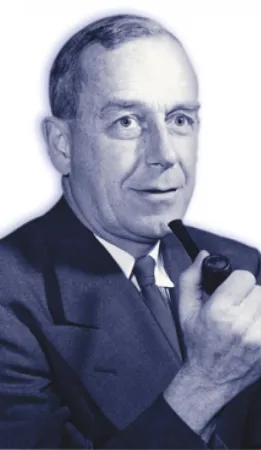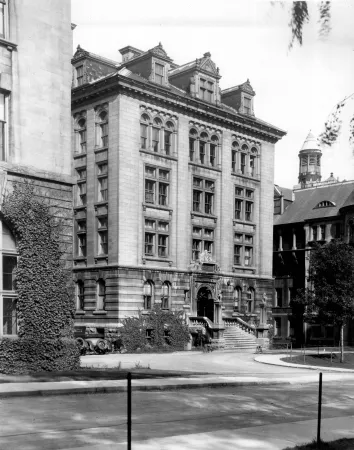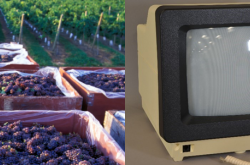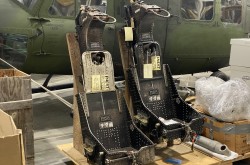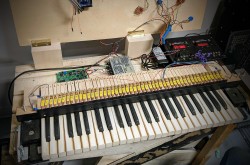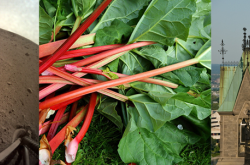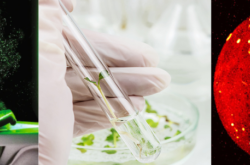Chemist’s war-time research leads to discovery
This article was originally written and submitted as part of a Canada 150 Project, the Innovation Storybook, to crowdsource stories of Canadian innovation with partners across Canada. The content has since been migrated to Ingenium’s Channel, a digital hub featuring curated content related to science, technology and innovation.
Victoria Dalgleish
Algonquin College Journalism Program
Dr. E.W.R. “Ned” Steacie developed a new way of melting metallic magnesium for fighter aircraft during World War II. Today, this metal is used to make bicycles.
Steacie was born on Christmas Day, 1900 in Montreal. He was an only child. When he was a teenager, his father was killed during World War I, and Steacie was left to take care of his invalid mother. In 1919 Steacie started Royal Military College, but he switched to McGill University a year later. In 1923 he obtained his BSC in chemical engineering and a PH.D in physical chemistry. Steacie began his teaching career at McGill University. The National Research Council hired Steacie in 1939 to lead their Division of Chemistry. By then, Steacie had already gained an international reputation in chemistry.
When World War II started in 1939, Steacie was hired to mobilize scientists for war research. His division made many discoveries, including a new way of making metallic magnesium. Steacie also had a part in nuclear research, which led to many useful inventions such as the cobalt bomb to treat cancer.
Steacie became president of the NRC in 1952. For the next 10 years he worked hard to put Canadian research in its rightful place: among the best in the world. He died in 1962. The Steacie Institute for Molecular Sciences is named after him and the Steacie prize for natural sciences is awarded to young Canadian scientists every year. Steacie was inducted into the Canadian Science and Engineering Hall of Fame in 1996.



